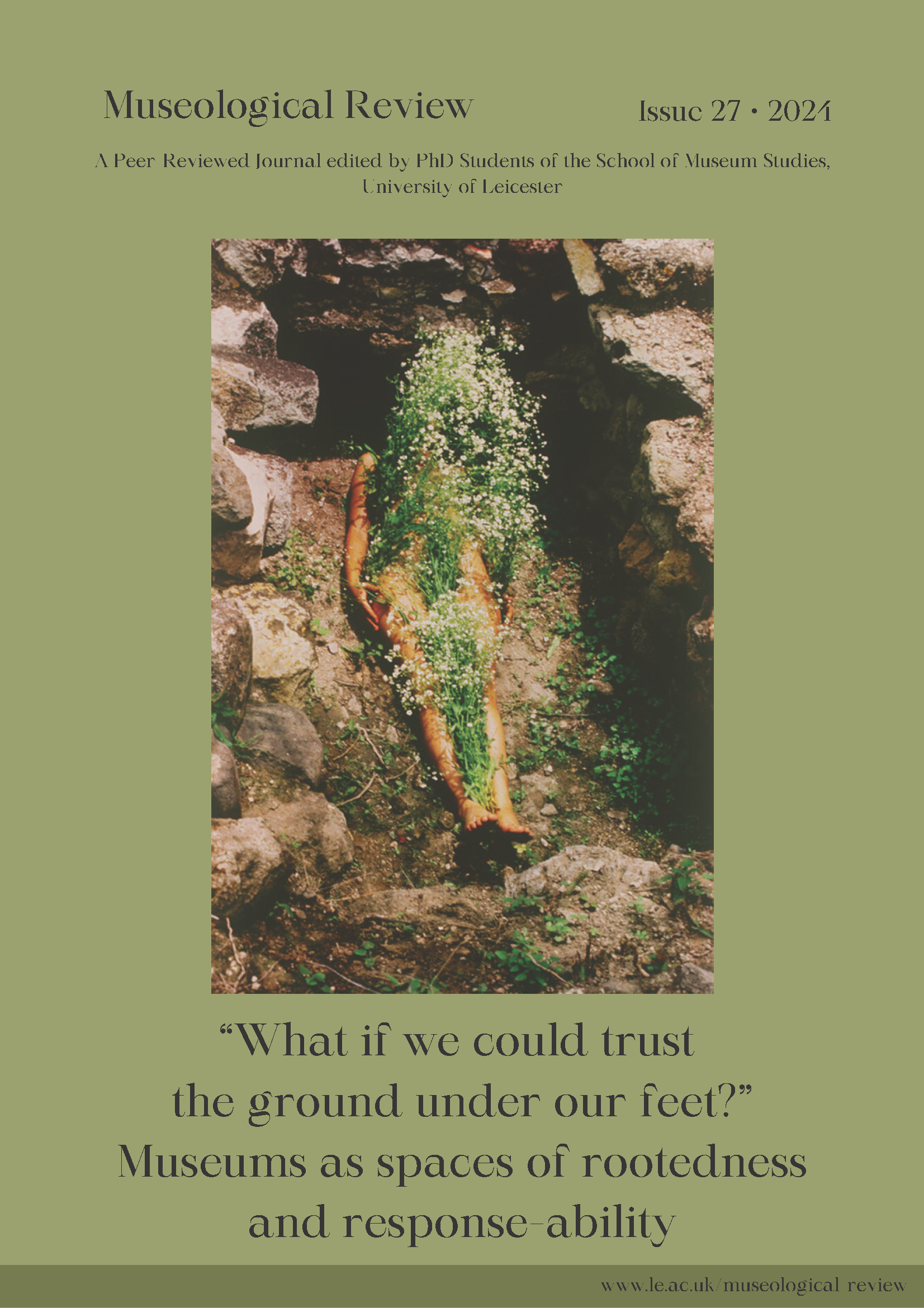Linking Art And Better-Being Through A Sensitive Approach To Artworks. Issues And Reflections On The Therapeutic Role Of The Museum.
DOI:
https://doi.org/10.29311/mr.vi27.4883Abstract
Never before in human history have we had so much brainpower available. Thanks to the development of our knowledge of the world, the improvement in our quality of life, advances in medicine and lifestyle as well as productivity, humans have freed up space in their brains for other possibilities. This cerebral availability could encourage a mental availability that has never been seen before. For sociologist Gérald Bronner, however, this plus précieux de tousles trésors is in jeopardy (Bronner, 2021: 62-86). The author blames screens, which monopolise our availability and prevent us from waiting and daydreaming. For him, another factor, and not the least, is the colossal mass of information and new knowledge in which we are immersed, and that has increased exponentially over the last twenty years. According to Bronner, 90% of the information available in the world has been written in the space of just two years (Bronner, 2021: 89-97). Our overdeveloped countries are in the grip of a major problem: this increase in available information is no longer leading to a shortage of material goods, but to a shortage of attention (Citton, 2014: 21-29, 45).
Downloads
Published
How to Cite
Issue
Section
License
Copyright (c) 2025 Muriel Damien

This work is licensed under a Creative Commons Attribution-NonCommercial-NoDerivatives 4.0 International License.




